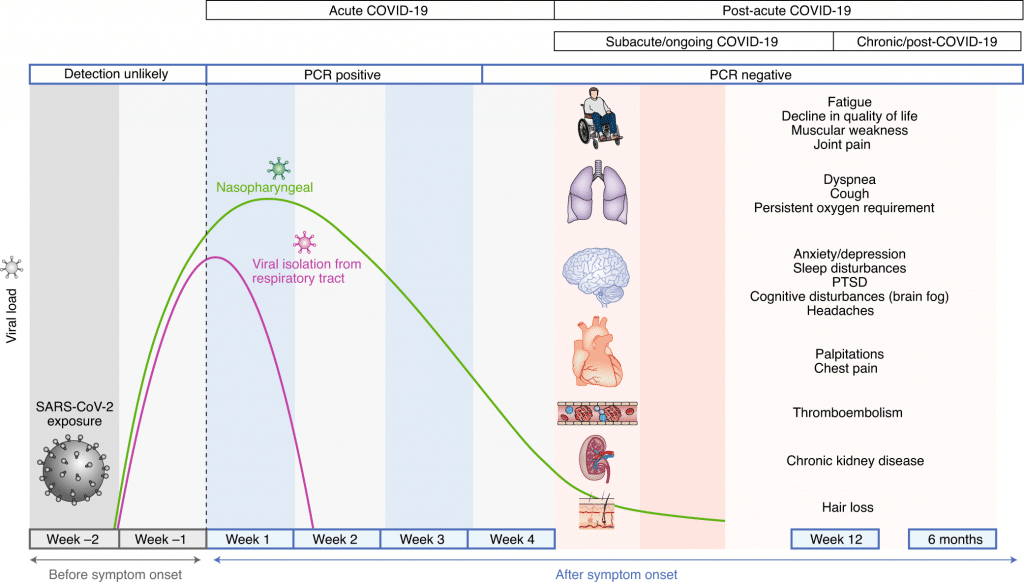CARDIOVASCULAR RISK AND INCIDENCE OF SILENT MYOCARDIAL INFARCTION IN THE YOUNG IN THE POST COVID-19 SCENARIO
-Sai Lavanya Patnala, Final year, Apollo Medical College, Hyderabad
What is a silent MI?
Silent myocardial infarction or unrecognized myocardial infarction has highly variable prevalence but is more common in patients with cardiovascular risk factors, hypertension, longer duration of diabetes mellitus, and elderly population.1 However, little is known about its prevalence in COVID-19 patients.[4]
MI is a disease of older population and is uncommon in young, though it occurs at younger age in India compared to Western population.[3]

Why does it occur in the young?
Important risk factors include a family history of myocardial infarction before age 55 years, hyperlipidemia, smoking, and obesity. Unlike older patients, approximately half of young patients have single-vessel coronary disease, and in up to 20%, the cause is not related to atherosclerosis.[1]
MI in young can be divided in to two groups, those with angiographically normal coronary arteries and those with coronary artery disease (CAD). Some young MI patients have normal coronary arteries. The MI in them can be caused by arteritis, thrombosis, embolization or spasm. Coronary thrombosis can be seen in hypercoagulable states, such as protein C and protein S deficiency, antiphospholipid syndrome, or nephrotic syndrome.
Coronary artery spasms can cause MI in patients with cocaine abuse8 and also in association with alcohol binges.
In the second group of young MI (those with CAD), it is mostly a result of the atherosclerotic process, which starts in early childhood.
Spontaneous coronary dissection is one of the rare causes of MI, especially in young women, in peripartum period. Coronary artery aneurysm may also be a cause of MI in young. These may be congenital or acquired, secondary to Kawasaki’s disease in childhood.
Fibromuscular dysplasia (FMD) is another very rare cause of MI in young, especially in women. It is an idiopathic, nonatherosclerotic and noninflammatory vasculopathy affecting small-to medium-sized arteries.[3]

How is it related to post COVID-19 effects?
‘Post-COVID-19 syndrome’ refers to symptoms in the convalescent phase following initial COVID-19 infection. This term encompasses a wide array of presentation involving lungs, heart and the neuromuscular system. Cardiovascular system is often involved, and the presentation can be in terms of acute coronary syndrome, myocarditis, heart failure [5] and arrhythmias[2]
ACS and myocarditis are two important cardiovascular complications that often have a poor prognosis and are associated with a high mortality rate. Cardiac involvement in COVID- 19 has been ascribed to multiple mechanisms such as proinflammatory milieu due to cytokine storm, direct viral invasion of the myocytes, hypercoagulable state with thromboembolic phenomenon, coronary plaque instability or a demand-supply mismatch leading to ACS.[5]

Conclusion
COVID-19 appears to be associated with persistent/de novo cardiac injury after recovery, particularly subclinical myocardial injury in the earlier phase and diastolic dysfunction later.[6]
The incidence of silent MI in young population is rising and several causes like coronary thrombosis, coronary artery spasms and ACS, Myocarditis in Post COVID 19 patients can be associated.
REFERENCES
1. https://doi.org/10.1016/S0002-9343(99)00218-1
2. https://doi.org/10.1002/ehf2.13186
3. Bhardwaj R, Kandoria A, Sharma R. Myocardial infarction in young adults-risk factors and pattern of coronary artery involvement. Niger Med J. 2014 Jan;55(1):44-7. doi: 10.4103/0300-1652.128161. PMID: 24970969; PMCID: PMC4071662.
4. Baral N, Montalbano A, Khan A, Qureshi M, Luitel P. Silent Myocardial Infarction and Acute Multiorgan Failure in a COVID-19 Patient: A Case Report. JNMA J Nepal Med Assoc. 2021 Oct 15;59(242):1048-1051. doi: 10.31729/jnma.6933. PMID: 35199691; PMCID: PMC9107826.
5. Kunal S, Madan M, Tarke C, et al
Emerging spectrum of post-COVID-19 syndrome
Postgraduate Medical Journal Published Online First: 08 December 2021. doi: 10.1136/postgradmedj-2020-139585